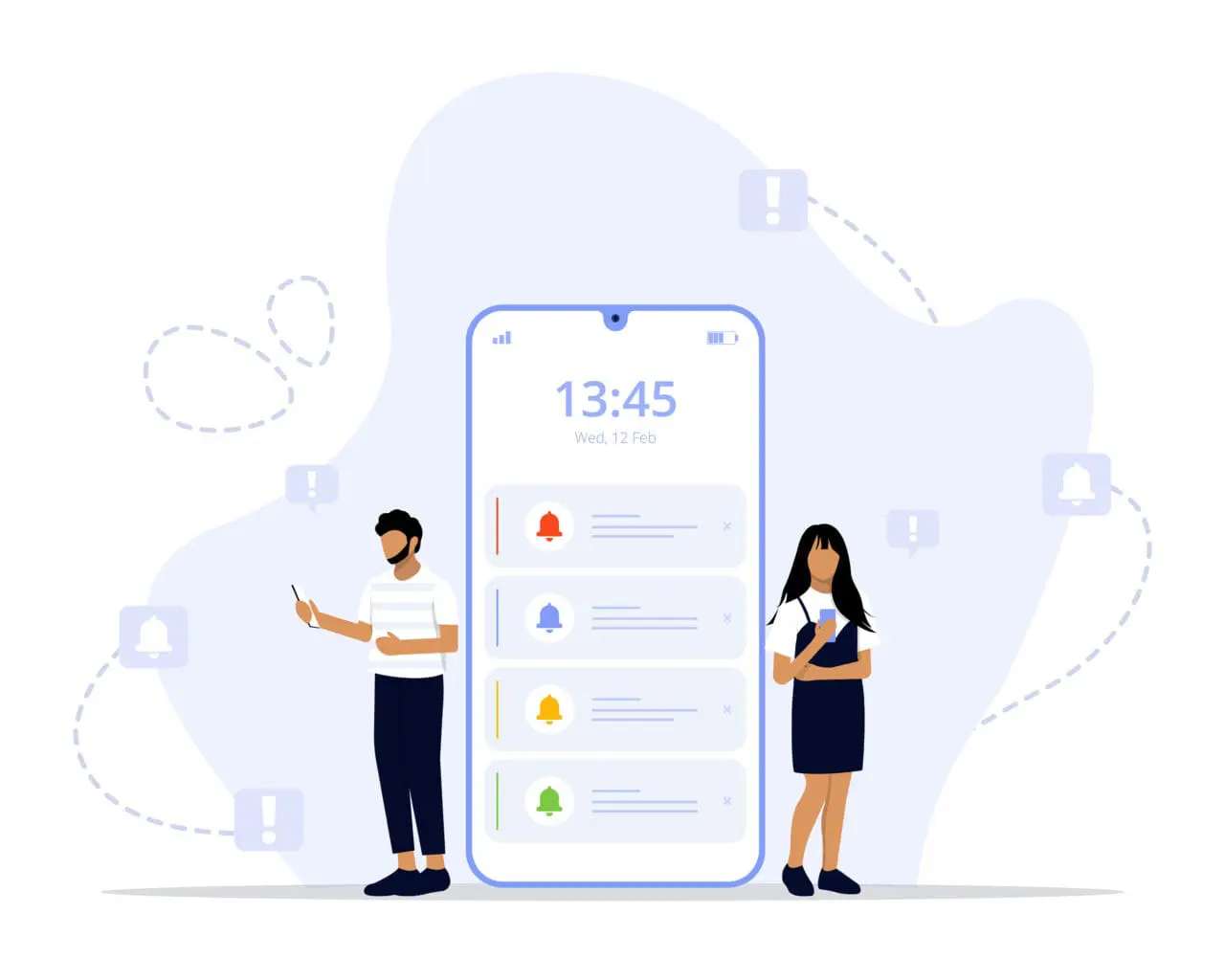

Are you worried about going over your monthly data allowance? It can be hard to keep track of your data usage and make sure you don’t exceed what you have access to. Here are five helpful tips for staying within your limits:
Taking these measures will help ensure that you stay within your data limits each month. However, if you find yourself struggling to keep track of your usage, there are other tools and services available that can help you monitor and manage your data more efficiently.
It’s important to be aware of how much internet data is being used in your home. Whether you have a family member who is using more data than what has been agreed upon, or if you need to track the usage of multiple devices, having a system in place for monitoring internet usage can help.
One way to monitor internet usage is by setting up parental controls. Most routers and network systems now offer this feature, allowing parents to set limits on how much data can be used and what type of content can be accessed. This is a great way to make sure your children are safe online, as well as helping you keep an eye on their usage.
Another option is to use a third-party monitoring service such as Net Nanny or Qustodio. These services allow you to block certain sites and set usage limits for different members of the family. They also provide detailed reports about internet activity, helping you stay informed about what’s happening online in your home.
If you don’t want to use third-party services, there are other ways to monitor usage. By logging into your router settings and tracking down any devices connected to it, you can get an idea of who is using what data and when. Additionally, some routers come with built-in analytics that can give you a more detailed look at your family’s online activity.
Knowing how much data you need is essential when it comes to staying within your monthly allowance. Here are three steps that you should take when calculating your bandwidth requirements:
By following these steps, you can make sure that you’re only using as much data as you need each month. This will help keep your monthly bills in check and ensure that you don’t go over any limits or incur excess charges.
Having a good understanding of how much data you’re using and where it is being used can help save both time and money. Knowing your usage patterns can help ensure that you’re getting the most out of your plan and not overspending on data costs. It also allows you to make better decisions about what type of plan is best for your needs, so that you don’t end up paying for more than what you need.
In addition to saving money on data costs, monitoring your usage can also help save time. Knowing how much data has been used and where it was used allows you to quickly identify any issues or potential problems before they become a bigger issue. This helps reduce the amount of time spent troubleshooting and can help prevent costly downtime.
While data plans may appear to come with unlimited amounts of data, they often come with hidden costs associated with exceeding certain caps or thresholds. This is especially true for those who have mobile devices that are connected to a cellular network.
If you exceed the data limits set by your carrier, you may be charged extra for overages or face data throttling. This can lead to slower speed and degraded quality of service, which in turn can lead to higher costs due to disruption in business operations or loss of customers.
In addition, data usage caps can also lead to additional data fees, such as roaming charges for using your device abroad. These can add up quickly and make it difficult to keep track of how much data you’re using.
Data usage spikes can occur for a variety of reasons, including seasonal changes in demand or unexpected events like natural disasters or equipment failures. If you’re not monitoring your data usage, these spikes can quickly get out of hand and lead to hefty bills.
The best way to detect and prevent data usage spikes is by keeping an eye on your usage over time. By tracking the amount of data used each day, you can spot any sudden or unexpected increases in usage that may signal a problem. This will allow you to identify the cause and take corrective action before your usage gets too high.
Monitoring bandwidth use on different devices can be tricky, since each device may have its own settings and methods for measuring usage. However, there are a few common ways to track data consumption across multiple devices.
One way is to use a third-party monitoring service, such as NetWorX or GlassWire. These services track your usage across all devices connected to the internet and provide detailed reports about what data is being used and where it’s going.
Another option is to set up alerts on your router settings for when certain thresholds are exceeded. This can help you keep an eye on your data usage and spot any potential issues before they become a problem.
Monitoring internet usage habits can help individuals and businesses alike gain insight into how much data is being used and where it’s going. It can also help identify potential issues before they become a problem, thereby helping to avoid costly overages or disruption in service.
In addition, knowing your usage patterns can help you make better decisions about what type of plan is best for your needs, so that you don’t end up paying more than what you need. This can help ensure that you’re always getting the most out of your plan and not overspending on data costs.
By understanding how much bandwidth you’re using and taking steps to reduce or manage it, you can save both time and money. Knowing your usage patterns and taking proactive steps to monitor and manage your usage will help ensure that you get the most out of your internet plan and avoid any unnecessary costs.
This website uses cookies to improve your experience. Choose what you're happy with.
Required for the site to function and can't be switched off.
Help us improve the website. Turn on if you agree.
Used for ads and personalisation. Turn on if you agree.
This website uses cookies to improve your experience. Choose what you're happy with.
Required for the site to function and can't be switched off.
Help us improve the website. Turn on if you agree.
Used for ads and personalisation. Turn on if you agree.